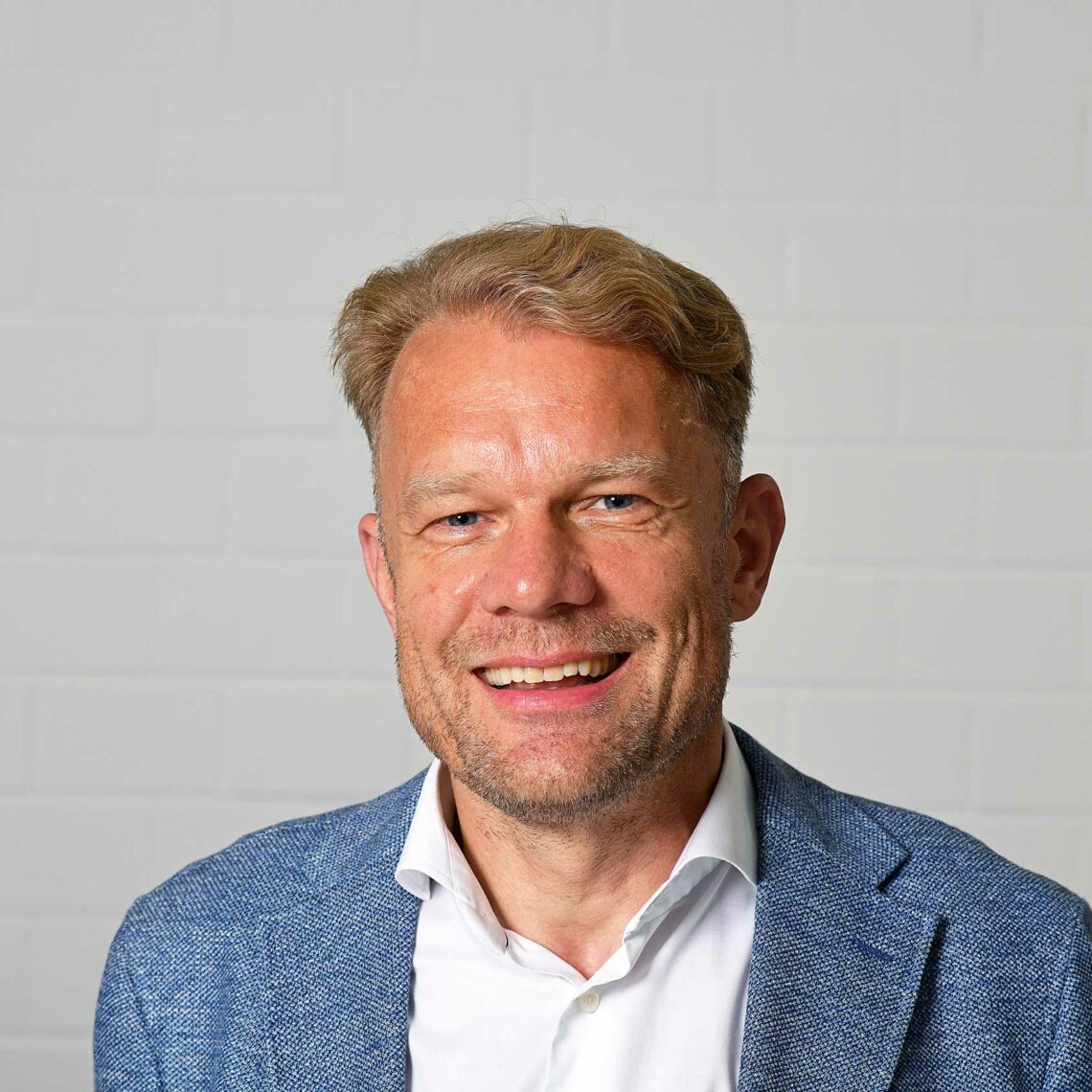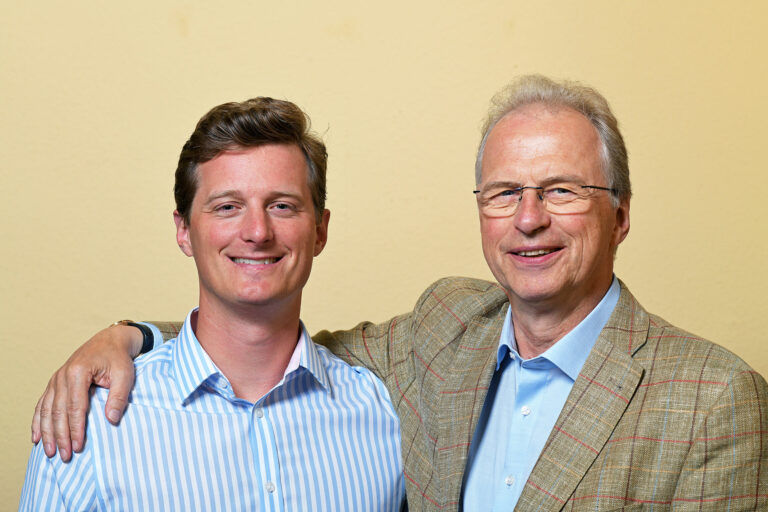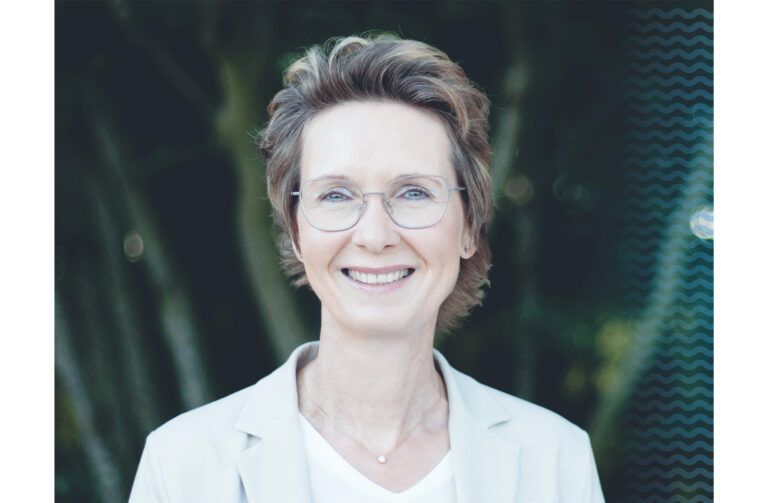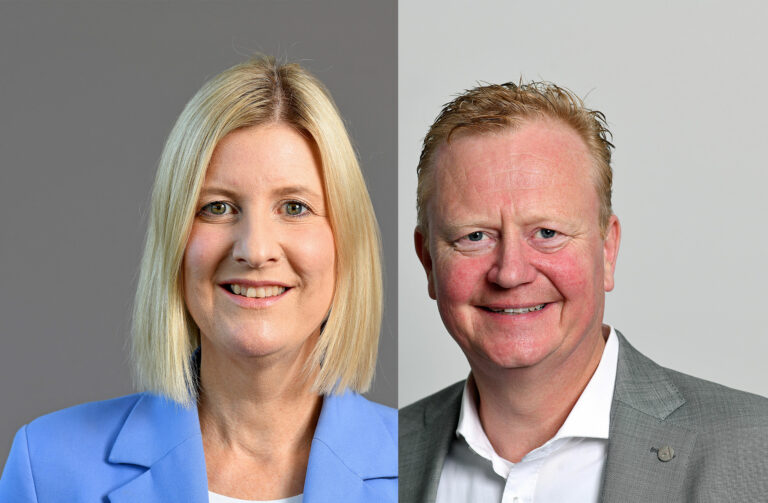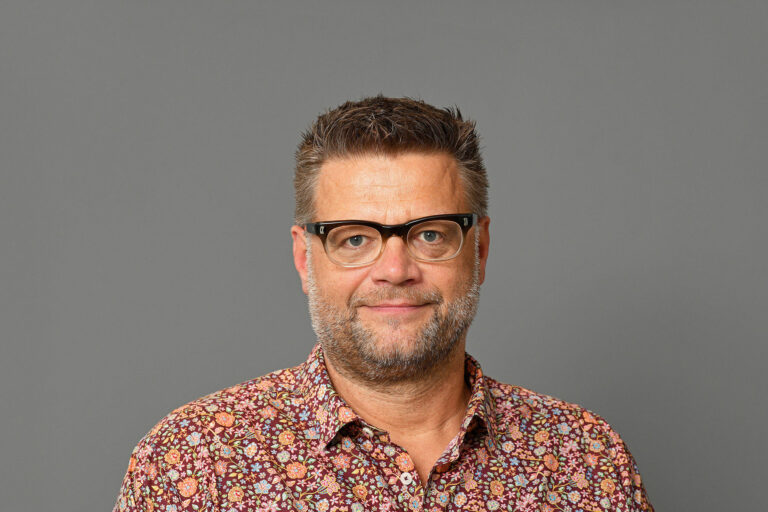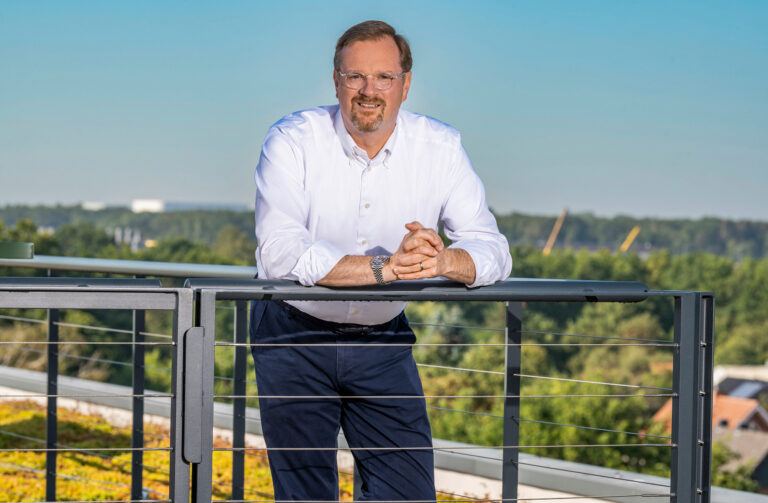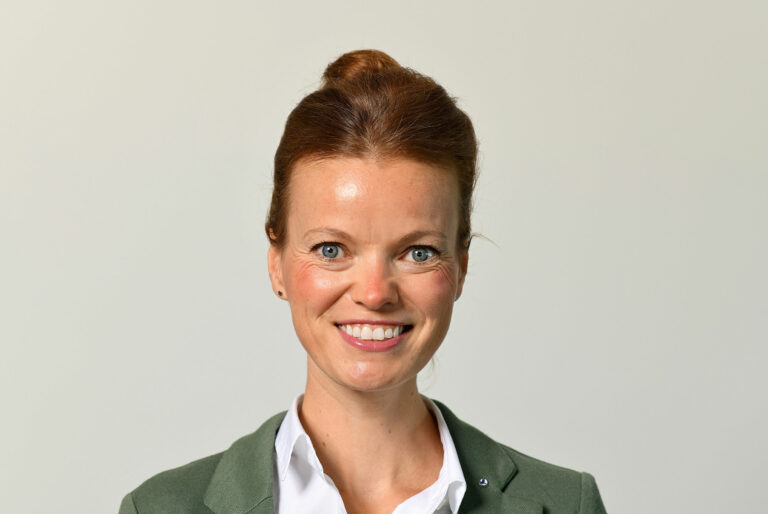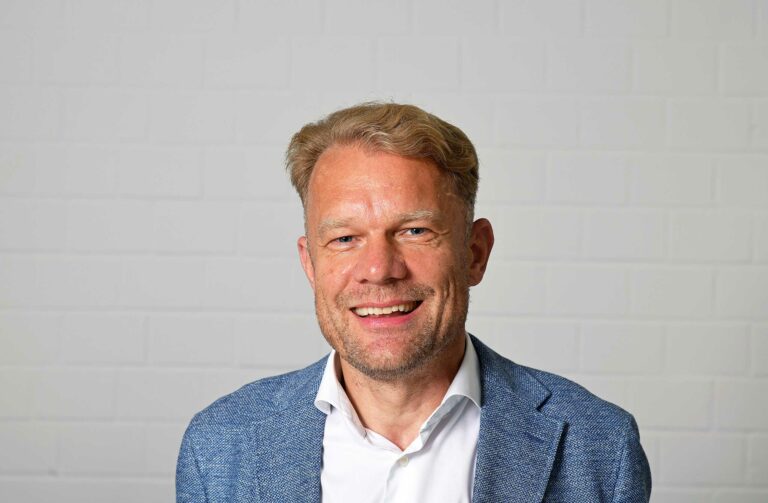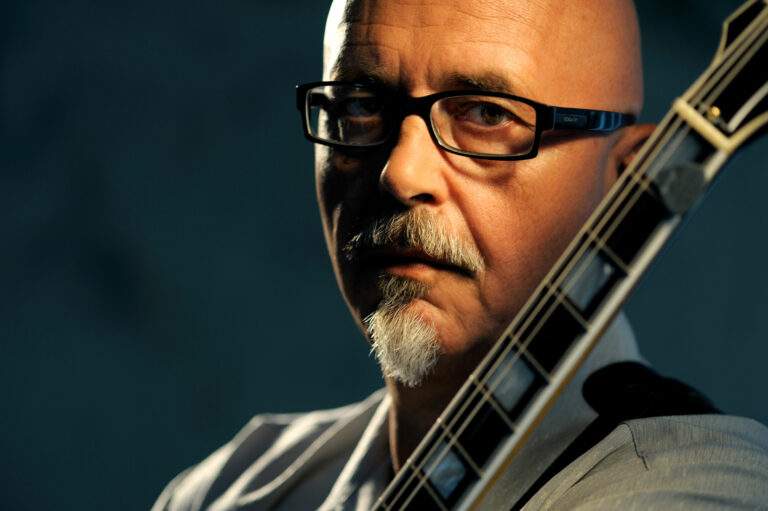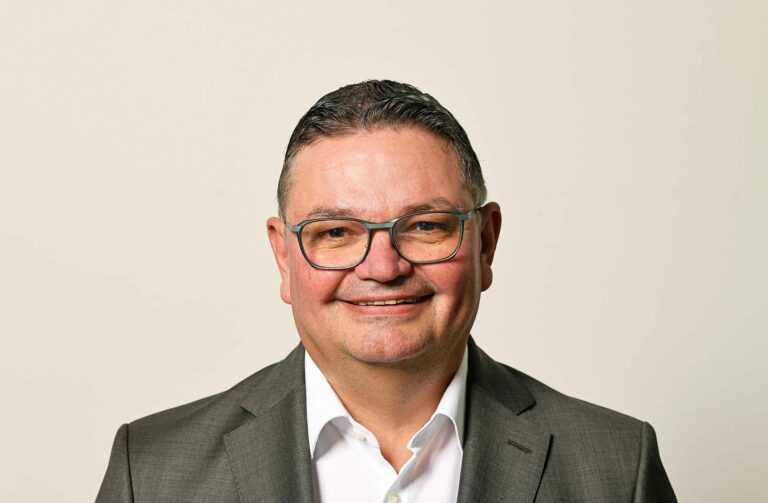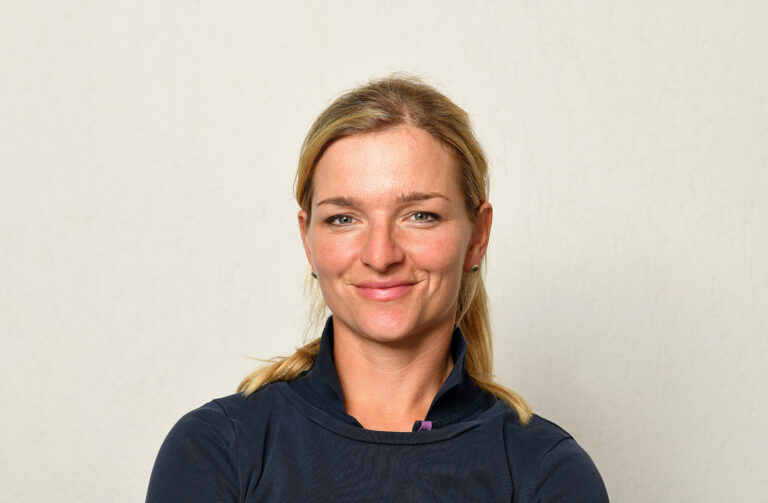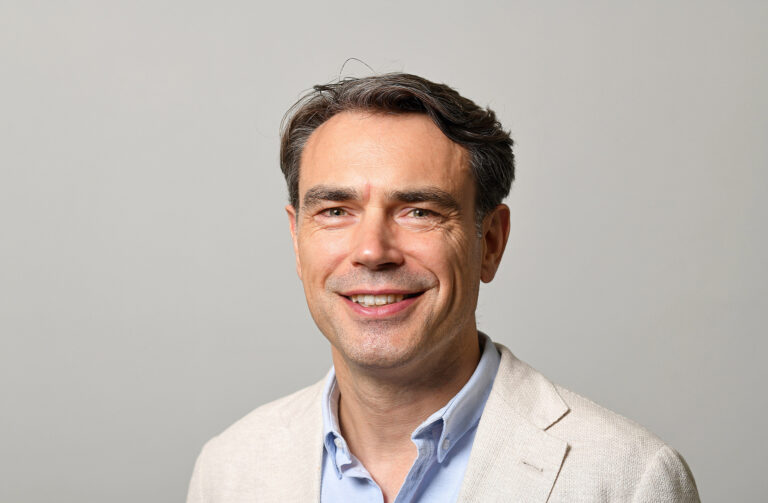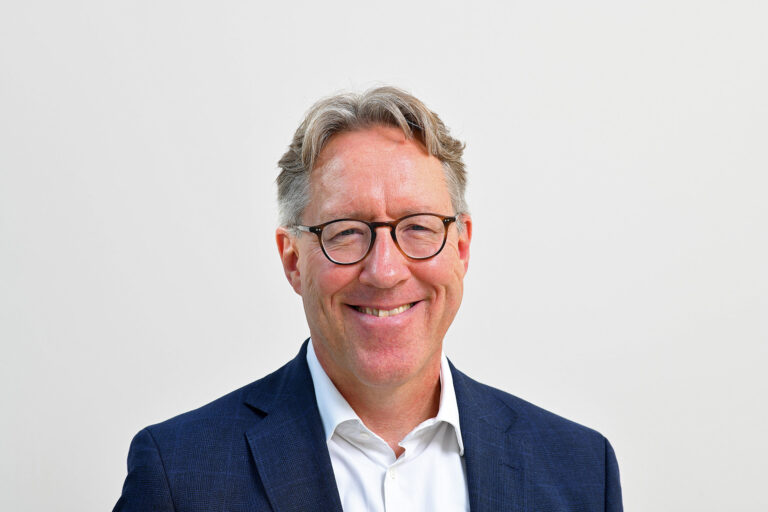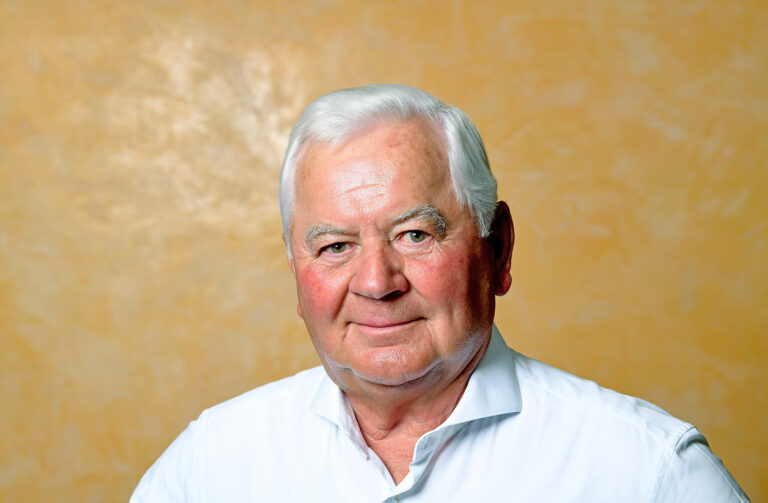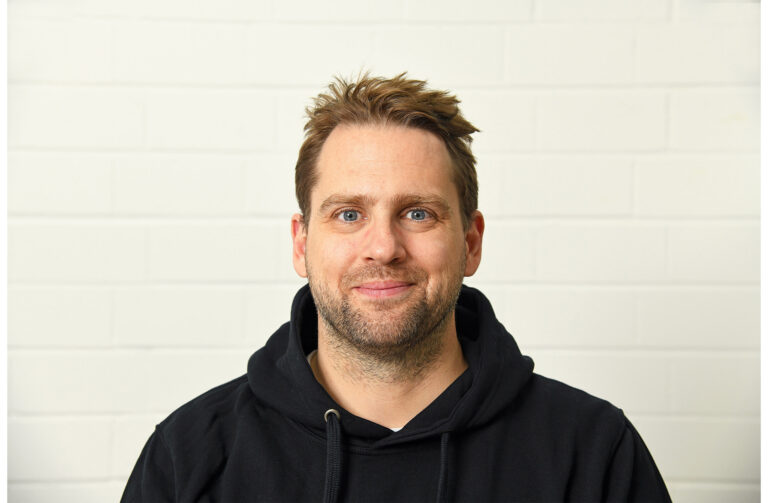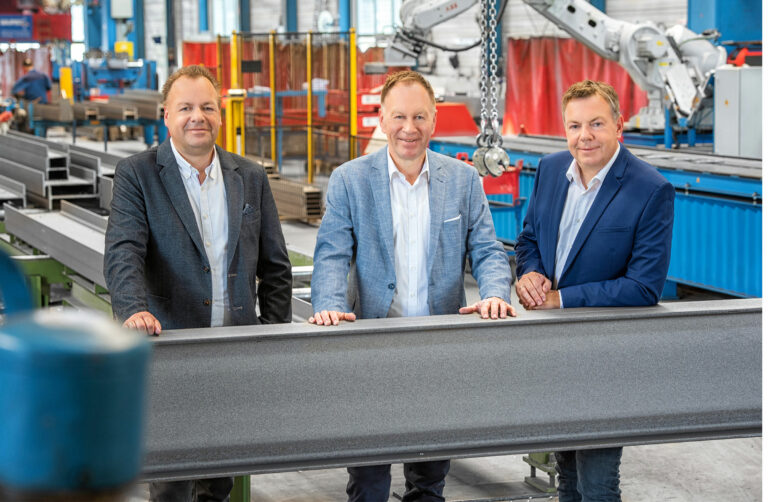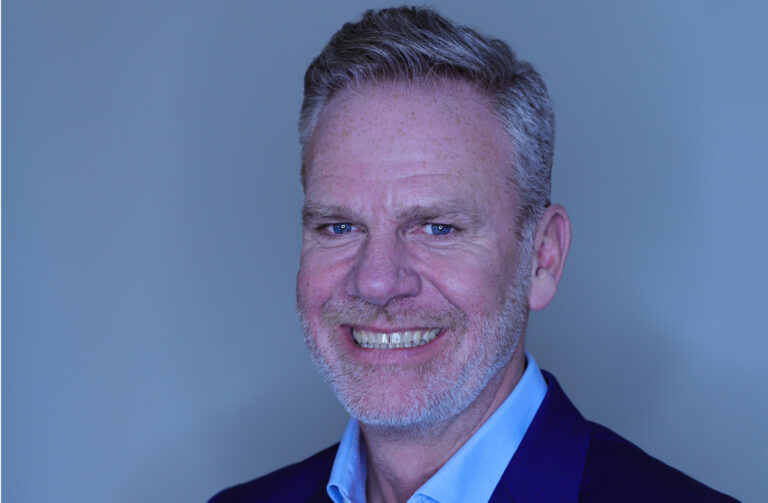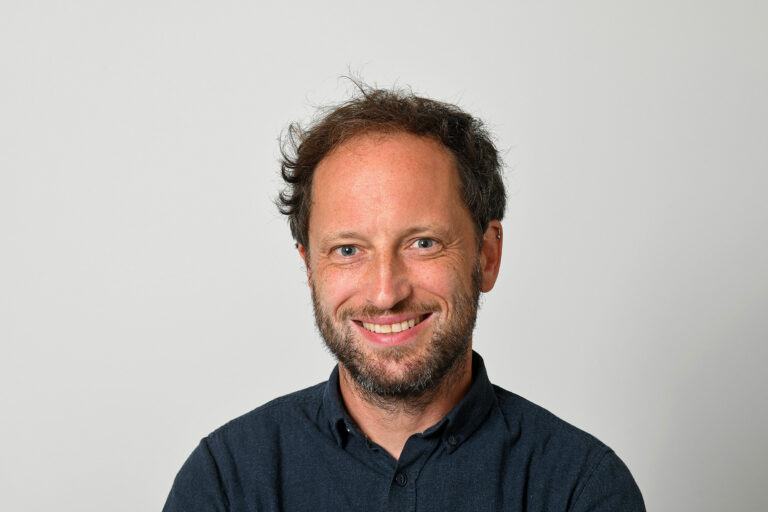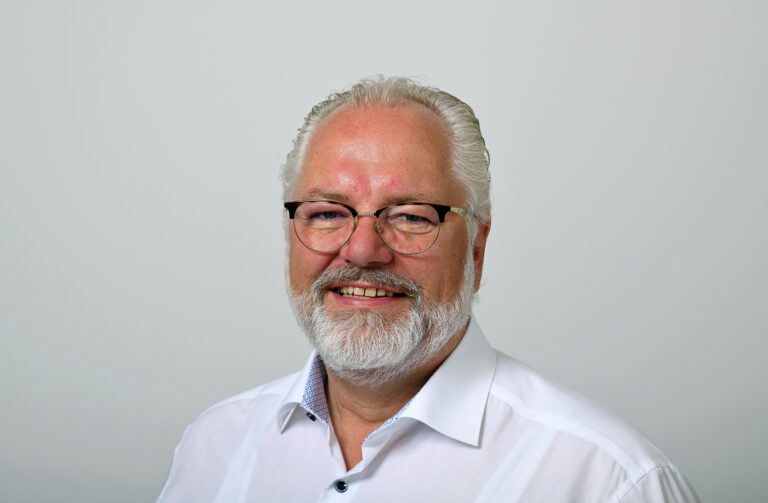Niklas Sievert
The cachet ‘Hanseatic City’ makes most people think of Hamburg or Bremen, or possibly also Wismar. But Osnabrück? On the national level, the city is probably best known for the Peace of Westphalia that was concluded here and in Münster in 1648 to bring the Thirty Years War to an end.
And of course, this is the home of the VfL Osnabrück football team – but a Hanseatic City? Oh but it is, and has been since 1612, when the city’s far-sighted aldermen joined the trade confederation. Membership in the Hanseatic League brought the city economic success through constant exchange with Hamburg and Bremen as well as Lübeck and many other cities in Frisia, Holland and the Baltic region. And if, purely as a matter of conjecture, the city of Osnabrück as the trading, industrial and scientific location that it is today were to look for an ‘ambassador for the economy’, the job description would probably be tailor-made for Niklas Sievert. He not only represents the fourth generation of his family on the supervisory board of Sievert SE, steering the path taken by the company, but is also already committed to his home town in many ways. He’d like to show even greater commitment to Osnabrück, but more about that later.
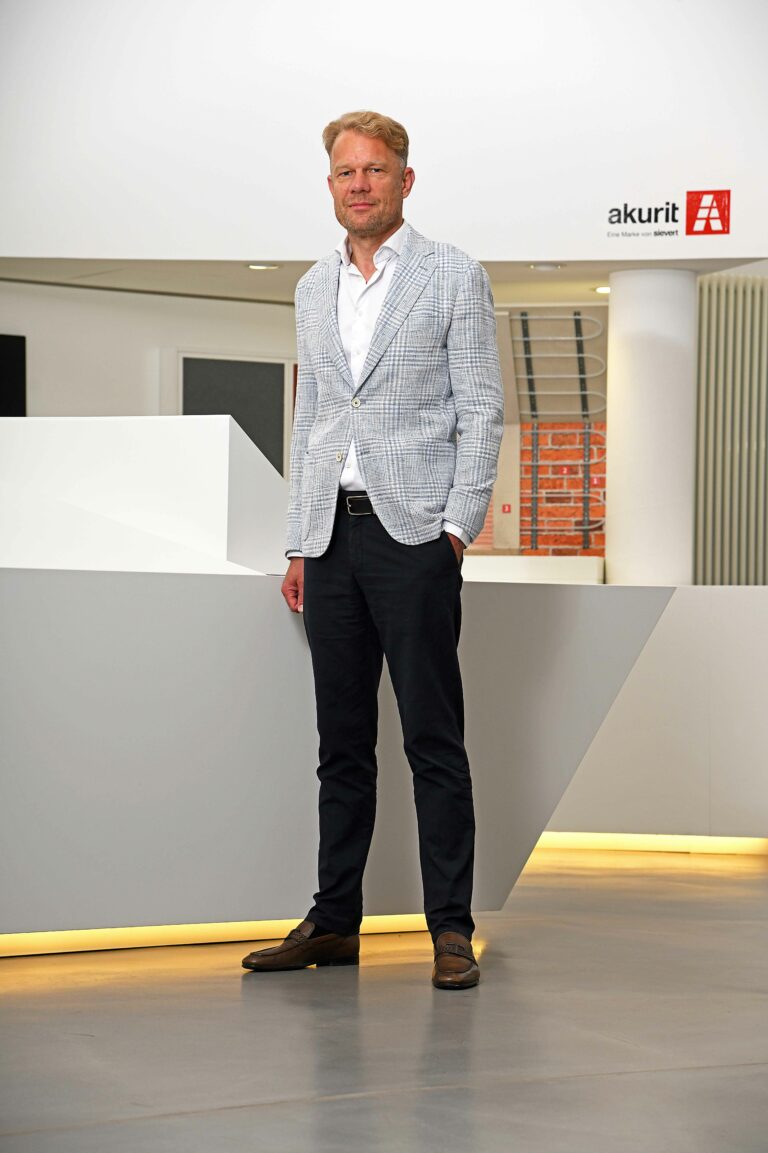
Niklas Sievert invites us to join him on the 6th floor of the company headquarters with a view of Osnabrück port. The room where we meet is called the ‘propeller room’ thanks to a huge wooden propeller decorating one of the walls: “It was given to my grandfather as a present, he was a passionate about flying.” The company Sievert SE today is a holding and management company with more than 1,700 employees and is involved in various areas of the building industry. Many older people living in Osnabrück still associate the company with the typical blue-and-yellow striped concrete mixers, although this part of the company was sold off long ago. It all began in 1919 when Carl Fliege, Niklas Sievert’s great-grandfather, founded a trading company for building materials and fertili-sers. The company was called ‘Habadü’, an acronym from the German words for trading, building materials and fertilisers. It is a name that still makes Niklas Sievert smile: “It would pro-bably cost a lot of money today for the advertising industry to come up with a name like that.” As the face of the current generation of the Sievert family that owns the business, he naturally knows the company history inside out, but did he really always want to work in the construction industry? “In fact, the answer to that is a clear yes”, he replies. After all, the SME sector is the backbone of the German economy, with an indispensable role being played by the construction industry in general and his family’s firm in particular.
Niklas Sievert has already seen a lot of the world. He gained extensive experience abroad on behalf of the international company group, spending several years working in Eastern Europe and also in the Benelux countries. His time abroad gave him two insights. Firstly, it is always the people that matter. “Of course people are different in other countries; for example, they solve their problems in different ways, which should be acknowledged with an open mind.“
And secondly, he himself is “typically German”, he says with a laugh: “I like it when things go according to plan, and when you can rely on promises that have been made.” However, he is certainly not typically German when it comes to food: “My wife makes a truly wonderful Indian curry, that’s my favourite.”
Niklas Sievert is also typically German when it comes to location loyalty and firmly rooted in the long, proud tradition of his entrepreneurial family. “You often hear of companies taking their business abroad for tax reasons, but that never was and never will be anything we would consider doing.” After all, this country offers his companies great opportunities, and relies in turn on taxpayers being fair in return. And how do such comments fit in with way people can be frequently heard moaning and groaning about Germany? Niklas Sievert knows the criticisms and agrees in principle with a lot of what is said: “Of course there’s always room for improvement, no doubt about that.” As an entrepreneur who earns his money among others with logistics and the transportation of construction materials by road, one of the first things that comes to mind is the state of the infrastructure including roads, bridges and railways. Furthermore, things would be much easier and quicker if something could be done about the excessive bureaucracy with all its many regulations, particularly in the construction industry. This is then followed immediately by Sievert’s friendly “but”: “To be quite honest, this is just a lot of trite moaning, it all sounds rather like wishful thinking: when all is said and done, compared to the rest of the world things are going well here in Germany and much better than the general mood would tend to indicate.”

Niklas Sievert’s location loyalty applies not just to Germany. It is even more applicable to his home town, which brings us back to the imaginary role of Osnabrück’s ambassador for the economy, a role in which he would be sure to say with utter conviction: “This is such a lovely place!” The region with the highland foothills of the Teutoburg Forest and the Wiehen Hills make Osnabrück the only city in Germany to be surrounded by a nature park and UNESCO Geopark. The old town centre with its historic town hall where the Peace of Westphalia was signed, the mighty cathedral, the theatre, the lively retail trade and wide range of restaurants and eateries: all this is what makes Osnabrück stand out. And Sievert naturally has a sufficient understanding of marketing to know that “Other cities of a comparable size will also have similar attributes, which makes it so difficult to put a positive highlight on possible unique selling points on a national level.“
The tall, athletic entrepreneur certainly does what he can to put his experience and ability at the disposal of his home town. For example, he heads up the Osnabrück agency for economic development and is also actively involved on the board of Osnabrück Civic Trust that is committed to making Osnabrück a ‘Kinder- und Bewegungsstadt’ (city for children and physical activity), or supporting the “Children’s Wish-List” campaign that aims to fulfil the wishes of children in residential and non-residential youth welfare facilities. Sievert is also on the board of another organisation that bears the family name: the Sievert Stiftung für Wissenschaft und Kultur (science and culture trust), that was endowed by his father Hans-Wolf Sievert with 25 percent of his shares in Sievert S. The trust is dedicated to promoting art and culture projects in and around Osnabrück. Its diversified activities include, for example, Osnabrück’s biennial art award with prize money of 10,000 Euro, or Osnabrück’s film festival for the independent film sector, or the international summer schools of Osnabrück University with regular grants for foreign students.
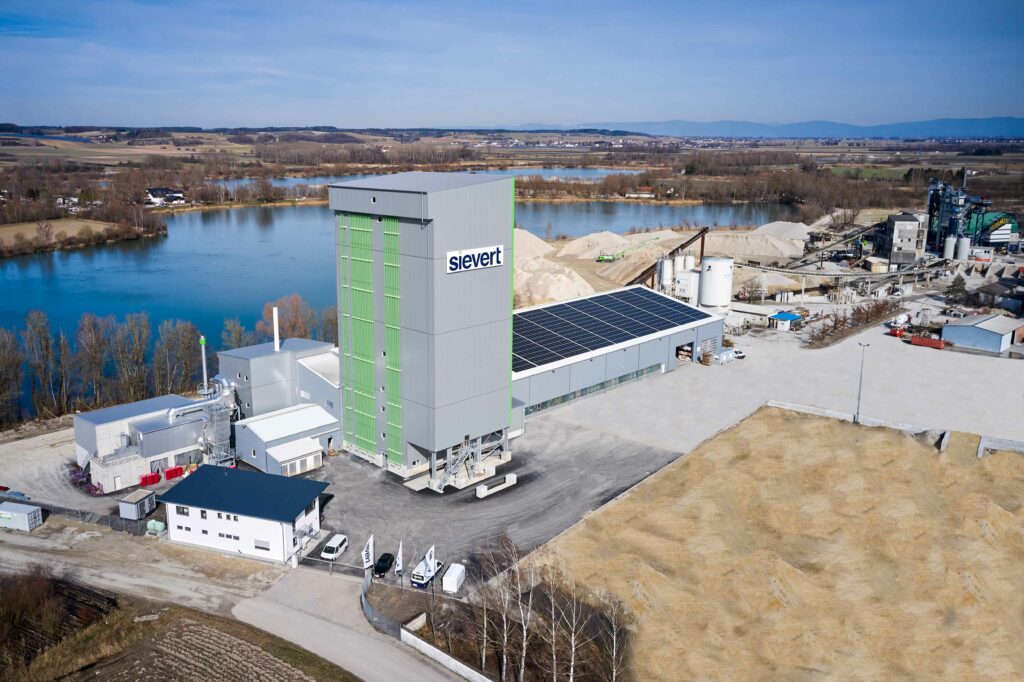
It is also worth giving a special mention to the artist Friedrich Vordemberge-Gildewart (or VG for short) who is particularly significant for both Osnabrück and the Sievert family. He was born in 1899 in Osnabrück and died in 1962 in Ulm. To avoid any confusion with his synonymous and also artistic cousin Friedrich Vordemberge, he extended his name by tagging on the road where he grew up in Osnabrück’s old town – ‘Große Gildewart’. His birthplace in Große Gildewart was elaborately restored by the Sievert Stiftung, which now uses it as its headquarters. The building also houses exhibition space for VG’s constructivist art. VG was featured in more than 30 major international art exhibitions before the Second World War, which made him known as an artist initially in Europe and then also in the USA and South America. When the National Socialists came to power, his work, like that of many other artists, was decried as “degenerate art”, so that he emigrated in 1937. After the war, in 1955 and 1959 VG was among those featured in documenta I and II in Kassel. In 1954, he was called to Ulm School of Design which had been co-founded in the Bauhaus tradition by Max Bill. VG worked here as a lecturer for visual and communicative design until his death in 1962. The almost forgotten son of the city and his art has been granted a worthy, elegant abode by the Sievert Stiftung.
Niklas Sievert’s commitment to his home town can therefore already be described as quite remarkable. But didn’t we start by thinking about a potential progression to the purely imaginary role of “Osnabrück’s ambassador for the economy”? Yes, indeed we did. So what if one of Osnabrück’s universities were to approach the successful entrepreneur and amenable speaker and ask him to impart his knowledge to their students? “Sure, I’d say yes straight away – after all, I’ve always enjoyed conveying information and working with media; I simply like speaking in front of people.” And even then, Niklas Sievert is sure to still find time for his home town, despite his permanently full diary.
Sievert SE
Sie sehen gerade einen Platzhalterinhalt von Standard. Um auf den eigentlichen Inhalt zuzugreifen, klicken Sie auf den Button unten. Bitte beachten Sie, dass dabei Daten an Drittanbieter weitergegeben werden.
Mehr Informationen
